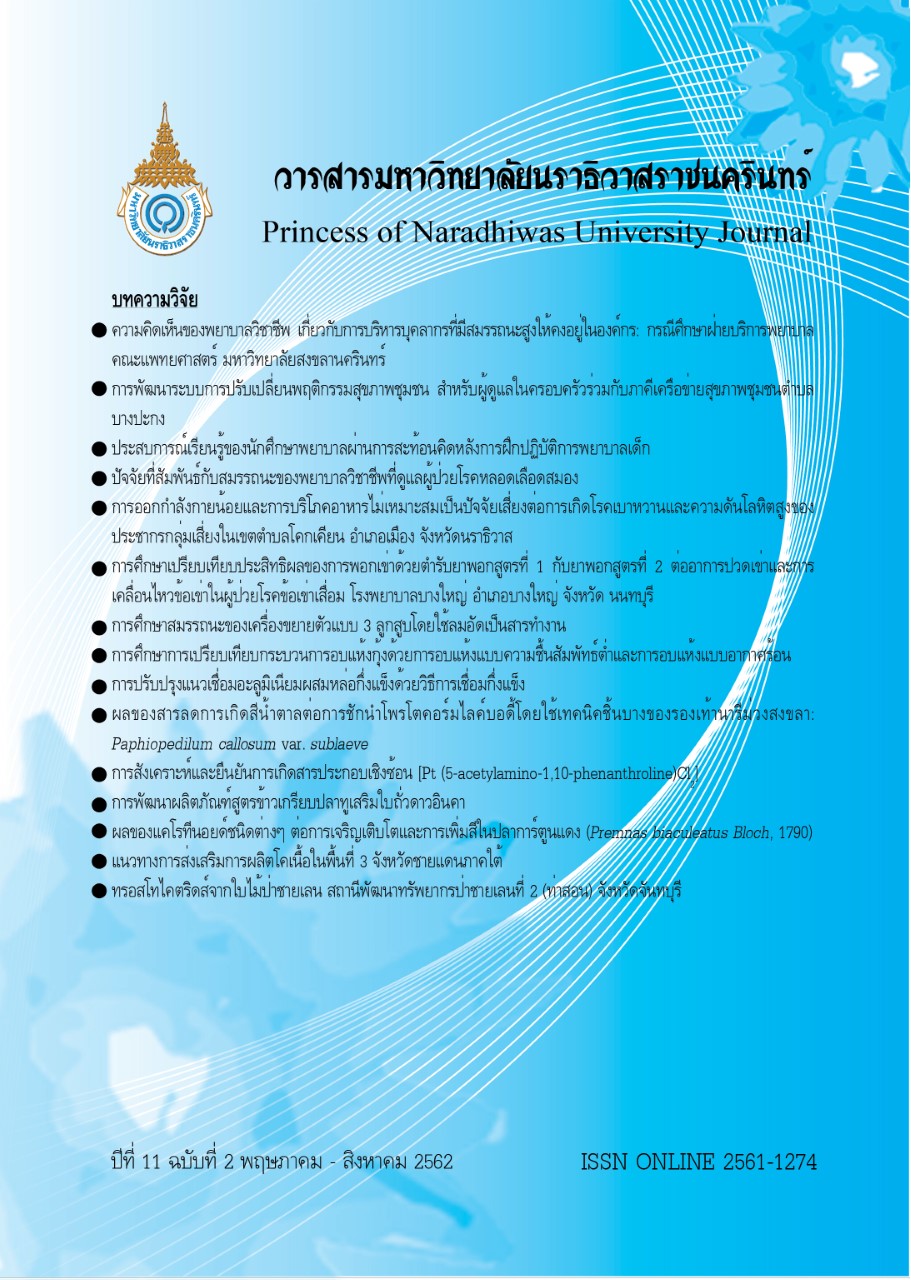A Recommendation of Side-Product Recycling for Sufficiency Farming Using Similarity of Nutrients
Keywords:
Recommendation, Side-Product Recycling, Similarity of NutrientsAbstract
In the Sufficiency Economy Farming, recycling side-product for feeding its own farm is the core concept of self-reliance and sustainability. Although practical guidelines to apply SEfarming concepts were published and distributed, few farm owners have adopted the concept and very few successfully achieve a result. One and the foremost issue is a complexity of material recycling. Since there are many waste types produced from the process, farmers cannot decide which waste or combination of wastes to be used. Based on the nutrition requirement differed from lands, it remains a puzzle on what and how many of wastes to be used that will be sufficient for plant to grow healthily. This work presents a method to assist in selection of appropriate wastes for farm objects. It is designed to dynamically support the difference in farm setting and available wastes in farm. The method starts with the determining a farm requirement based on user’s input. The second is initial fertilizer assignment process, to start suggesting a waste and its amount, the output of nutrition requirement from the previous system plays an important role. The third is assignment of remaining nutrition process, The initial assignment is expected to fill majority of the nutritious requirement. From testing its potential, the results were outstanding as 90% of the test case were in an acceptable range. Quality of suggestion in terms of provided nutrients were closed to the requirement despite using wastes and side-products self-produced in the farm.
References
Chaipattana Foundation.(2007). Sufficiency Economy and The New Theory. Retrieved from https://www.chaipat.or.th/2010-06-03- 03-39-51.html
Chariyamakarn, W., Ruangrajitpakorn, T., Supnithi, T., & Boonbrahm, P. (2016). Framework of Waste Recycling Suggestion in Sufficiency Economy Farming. Proceedings of the Conference The 20th International Computer Science and Engineering Conference.
McCauley, A., Jones, C., & Jacobsen, J. (2011). Plant Nutrient Functions and Deficiency and Toxicity Symptoms. Nutrient Management. 9, 2-15.
Ministry of Foreign Affairs, Kingdom of Thailand. (2017). Sufficiency Economy Philosophy: Thailand’s Path towards Sustainable Development Goals. Published Guidelines. Retrieved from https://www.mfa.go.th/dvifa/contents/files/articles-20170626- 142701-203959.pdf
Office of the National Economic and Social Development Board. (2007). Sufficiency Economy Implications and Applications. Published Guidelines. Retrieved from https://www.nesdb.go.th/download/article/article_20160128152108.pdf
Rice Department.(2009). Rice production handbook. Ministry of agriculture and agriculture and cooperatives
Sardi, K. (2009). Nutrient Management. Published Guidelines. Rome, Italy: Viale delle Terme di Caracalla.
Silva, A. J., & Uchida, R. (2000). Plant Nutrient Management in Hawaii’s Soils, Approaches for Tropical and Subtropical Agriculture. College of Tropical Agriculture and Hu iopp[man Resources, Manoa: University of Hawaii.




